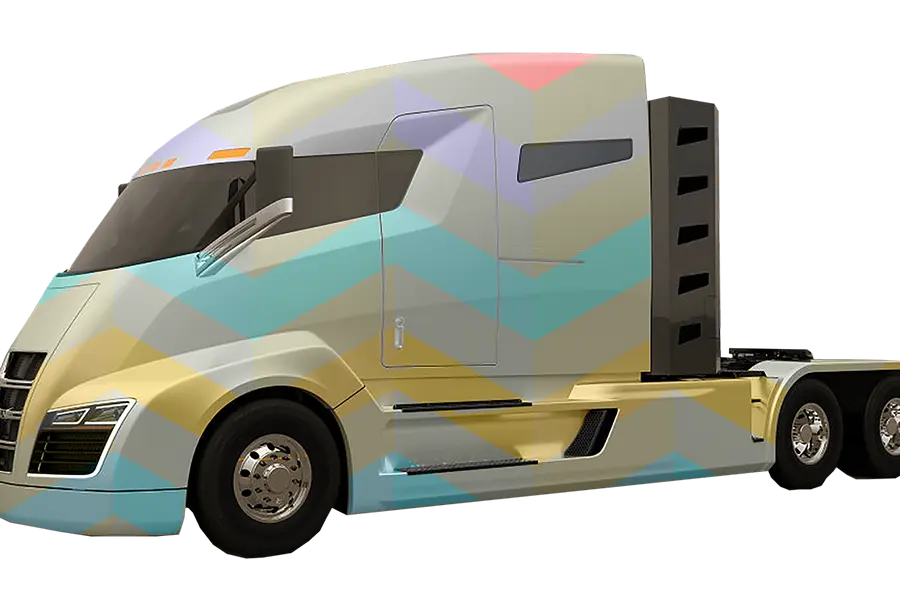6 Ways Self-driving Technology Will Impact the Canada Freight Transportation Industry

The rise of Self-driving technology is set to revolutionize many industries, and the Canada freight sector is no exception. With advancements in autonomous vehicles and smart logistics systems, freight transportation across Canada is on the cusp of significant change. Here are six ways Self-driving technology will reshape the future of Canada freight.
1. Increased Efficiency and Reduced Delivery Times
Self-driving trucks can operate continuously without the need for mandatory rest breaks, allowing for faster and more consistent deliveries. This is particularly beneficial for long-haul routes across Canada’s vast landscape. With autonomous vehicles on the road, the Canada freight industry can expect improved delivery schedules and more reliable transit times.
2. Lower Transportation Costs for Canada Freight
Labour represents a major portion of operating expenses for freight companies. With the integration of Self-driving technology, the Canada freight sector could see a significant reduction in costs over time. Although the initial investment in autonomous vehicles is substantial, the long-term savings from reduced wages, fuel efficiency, and fewer accidents can lead to lower transportation costs.
3. Improved Road Safety
Human error is a leading cause of accidents in the freight industry. Self-driving trucks are designed with advanced sensors, cameras, and artificial intelligence to maintain strict safety protocols. By reducing the risk of fatigue-related incidents and improving reaction times, autonomous technology has the potential to greatly enhance road safety within Canada’s freight transportation network.
4. Shift in Employment Landscape
While Self-driving trucks may reduce the demand for traditional driving jobs, they will create new opportunities in areas such as vehicle monitoring, remote operations, and maintenance of autonomous systems. The Canada freight industry, along with policymakers, will need to develop retraining programs to support workers transitioning to these emerging roles.
5. Infrastructure and Regulatory Challenges
The successful adoption of Self-drivings trucks depends on modernizing infrastructure and establishing clear regulatory frameworks. Highways may need upgrades to accommodate autonomous vehicles, and governments must implement policies that address liability, insurance, and safety standards. For the Canada freight sector, collaboration between provincial and federal authorities will be essential to overcome these challenges.
6. Impact on Cross-Border Freight Movement
Canada’s freight industry is heavily dependent on cross-border trade with the United States and Mexico. Self-driving technology could streamline these operations by reducing driver fatigue and enhancing efficiency. However, harmonized regulations and cooperative agreements will be vital to ensuring seamless cross-border freight movement.
In conclusion, Self-driving technology promises to bring significant benefits and challenges to the Canada freight transportation industry. With careful planning and investment, this technological evolution can enhance efficiency, improve safety, and maintain Canada’s position as a leader in freight transportation.
